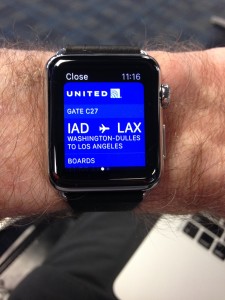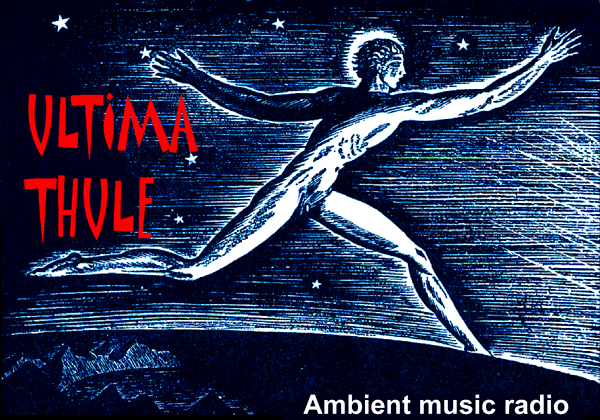For many years I enjoyed surfing the ‘Net using web site StumbleUpon (no link provided – keep reading). The site was a combination of web site aggregator, social network and randomizer. One could specify topics of interest, and click a “Stumble” button and a random web site of that topic would be displayed. You could vote up or vote down your opinion of each, if you so chose.

I found an enormous number of interesting web sites through StumbleUpon. For example, one of my interests was Linux, and many sites I found had tutorials, explanations, tips, hints and advice on Linux-based topics. Far easier (and more fun) that using Google to search for “Linux.”
StumbleUpon is gone. The company “shuttered” its doors in June, 2018. Replacing it was a new site, Mix.com. From the beginning, Mix has been a confusing plethora of snippets, and noise. There is no instruction on how it works, so the user is left to guess. Once an account is created, you can plug in your interests, but the “mix” of sites presented often have little or no bearing on those interests. I have no interest in baking, so why do I get items that show me how to bake tasty cakes, cookies, torts and such?

There seems to be no way to limit the results to items of a specific interest. So if I want to restrict my results to only photographic web sites (as I could with StumbleUpon), I cannot seem to do so.
I signed up for Mix when StumbleUpon was shut down. But I find using it frustrating and irritating, and may soon be sending it to the big bit bucket in the sky. It seems the emphasis on Mix – moreso than with StumbleUpon – is on the “social networking” side. In other words, it’s designed to show you things your online friends find interesting. The trouble is, I’ve already tried that, and I have no interest in a lot of the things my online “friends” do. I prefer to seek my own interests.
Back to the drawing board?








 I was alerted to a new version of this program and decided to check it out.
I was alerted to a new version of this program and decided to check it out.







 I say “quirky,” because when Apple updated OS X to Mavericks, it broke a lot of utilities such as SoundBlaster. Thus, I can use it with the Google Chrome browser, but not with Safari. Hmm.
I say “quirky,” because when Apple updated OS X to Mavericks, it broke a lot of utilities such as SoundBlaster. Thus, I can use it with the Google Chrome browser, but not with Safari. Hmm.